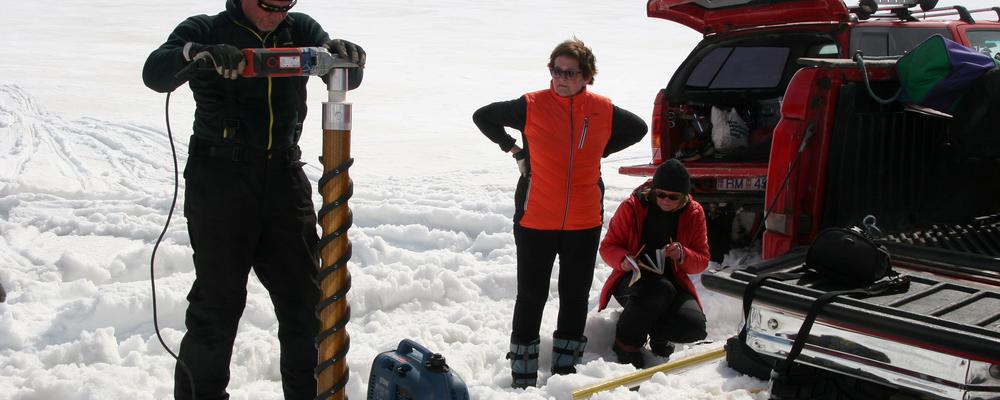Vatnjajökull on south-eastern Iceland is one of the largest glaciers in Europe and covers an area of 8400 square kilometres. Researchers at the University of Gothenburg, the Icelandic Meteorological Office and Reykjavik University have now identified microplastic particles of various sizes and materials in glacier snow cores using optical microscopy and spectroscopy.
“We identified microplastics in the central parts of Vatnajökull glacier after collecting snow during the winter of 2019–20 and we found microplastics when the snow was melted and filtered. The presence of microplastics shows how widespread this pollution is,” says Erik Sturkell, professor of geophysics at the University of Gothenburg.
Can impact how the glacier melts
The researchers are concerned that microplastics in the ice can impact glacier melting pattern and thereby impact future meltwater contributions to the world’s oceans. That in turn could result to rising sea levels.
“We do not understand well enough the pathways for microplastic particles in our environment; we need to know more about the causes. The samples we took are from a very remote and pristine location in Vatnajökull glacier, with no easy access, so direct pollution from human activity is unlikely,” says Hlynur Stefansson, associate professors at Reykjavik University and the study’s main author.
Plastic particles degrade very slowly in the cold glacier environment and can accumulate and persist in the glaciers over long time.
“The presence of microplastics in the glacier can change the ice’s physical characteristics, for example, by accelerating melting. It should be noted that all the volcanic ash in the glacier, which is of a much larger volume than microplastics in the glacial ice, promotes the rate of melting. But if more fragments enter the glacial ice, whether ash or microplastics, the effect is magnified. As the collection of microplastics increases, the plastic adds up and becomes a part of the glacier. The time it takes for the snow that falls on the top of the glacier until it reaches the front and melts takes hundreds of years,” says Sturkell.
Mapping is important
Eventually, the microplastic will be released from the glacial ice, contributing to pollution in rivers and marine environments.
“That’s why it is very important to map and understand the presence and dispersal of microplastics in glaciers on a global scale,” says Hlynur Stefansson.
“This project has two parts. The first aims to improve understanding of how much microplastics there are, how far back in time they go and their geographic dispersal on and in Vatnajökull glacier. The second part concentrates on efforts to better understand how an increased amount of microplastics impacts the glacier’s physical parameters, such as flow rates and melting. That microplastics are found on the most remote parts of Vatnajökull is disturbing. Understanding the global dispersal of this plastic is important. Doing so can provide an important global reference for microplastic dispersal,” says Erik Sturkell.
Contact:
Mark Peternell, senior lecturer at the Department of Earth Sciences, University of Gothenburg, +46-(0)766-18 45 53, mark.peternell@gu.se.
Erik Sturkell, professor at the Department of Earth Sciences, University of Gothenburg, +46-(0)31-786 28 20, erik.sturkell@gvc.gu.se.
Matthias Konrad Schmolke, senior lecturer at the Department of Earth Sciences, University of Gothenburg, +46-(0)31-786 28 64, matthias.konrad.schmolke@gu.se
Photo:
Taking samples of last year’s snow. Last year’s precipitation is being measured on Vatnajökull[a1] . The researchers drill down through the last season’s snow and measure its density to estimate the precipitation volume. These snow cores are taken to Reykjavik and the meltwater is filtered and microplastic particles identified.
